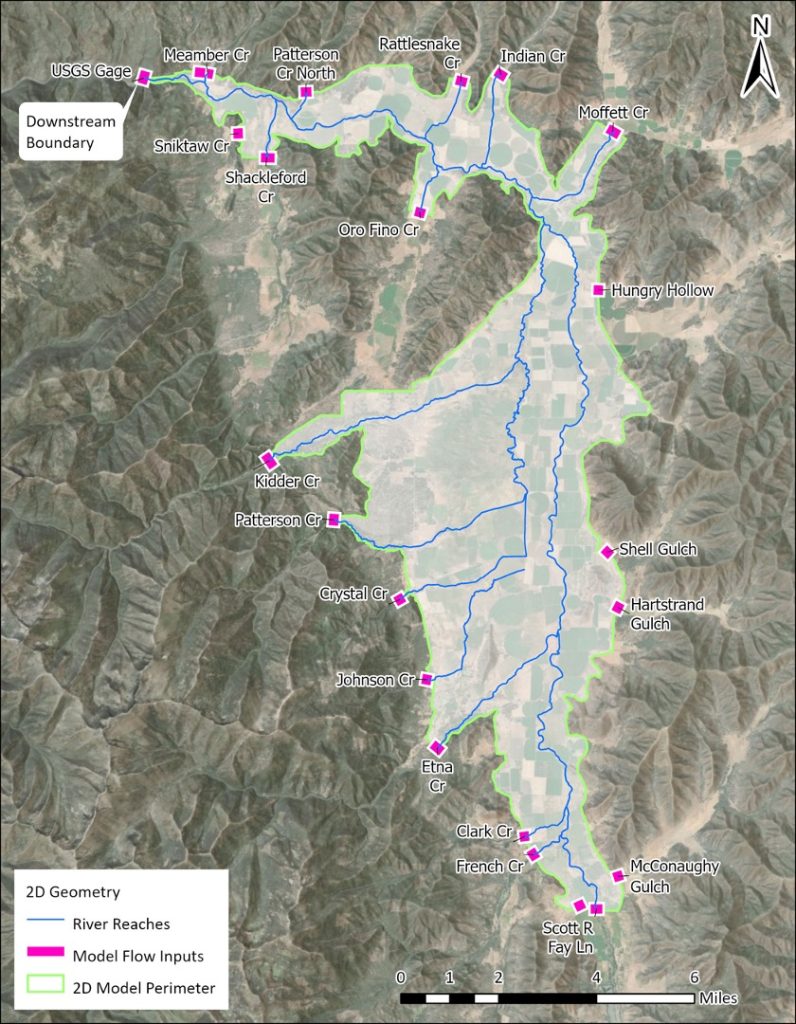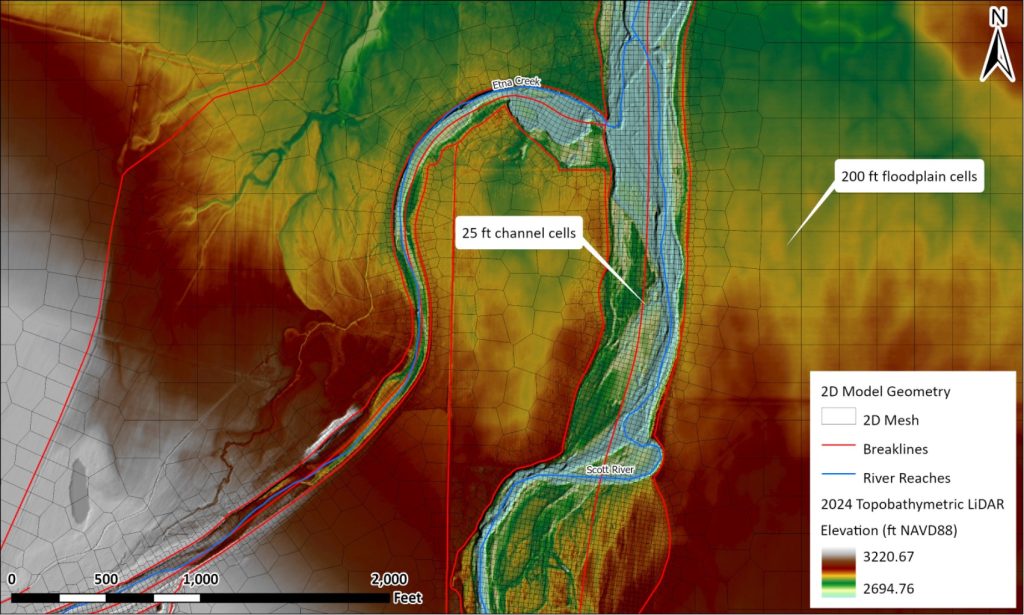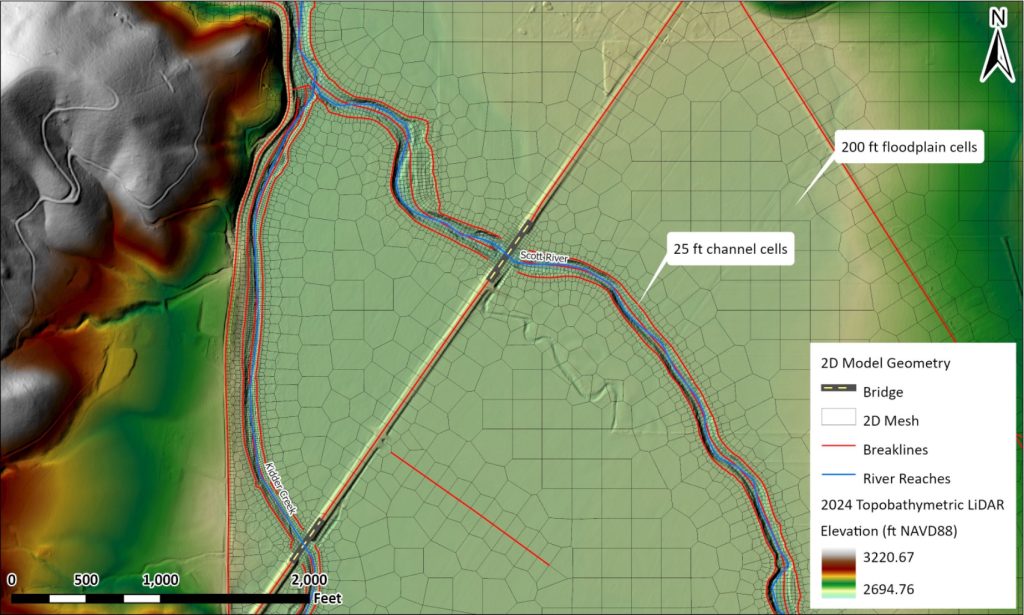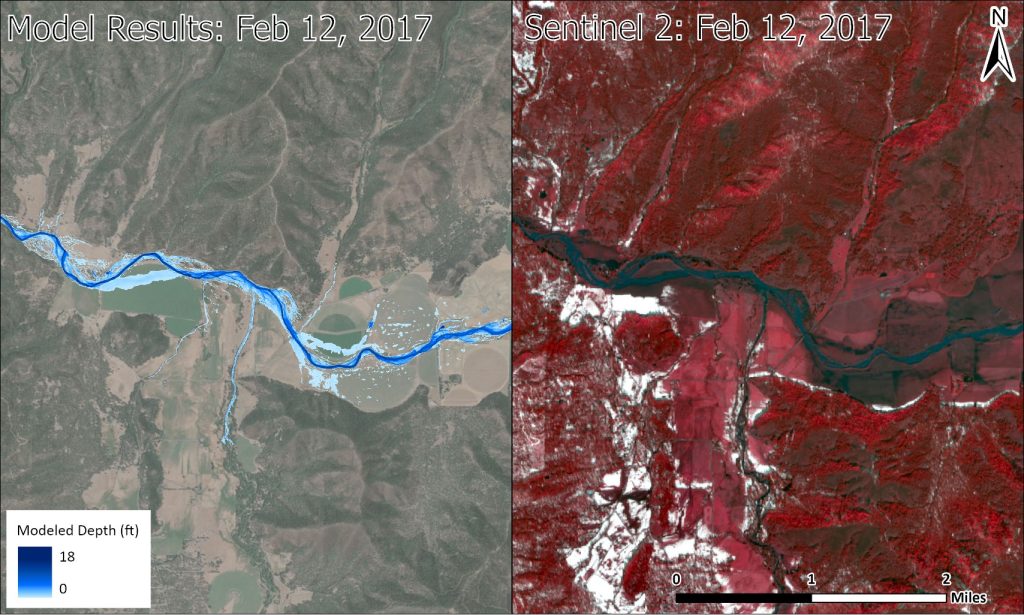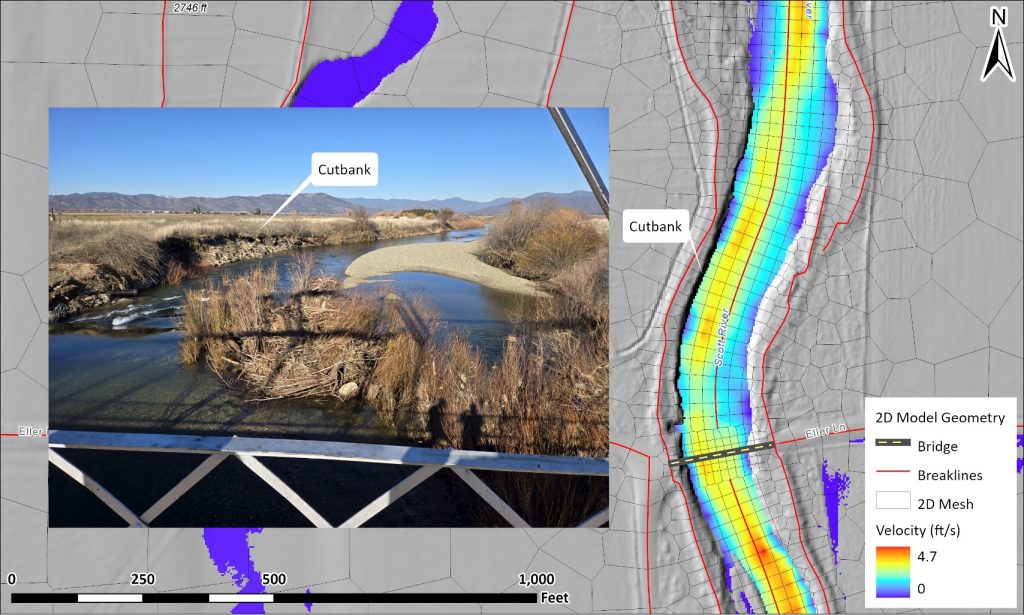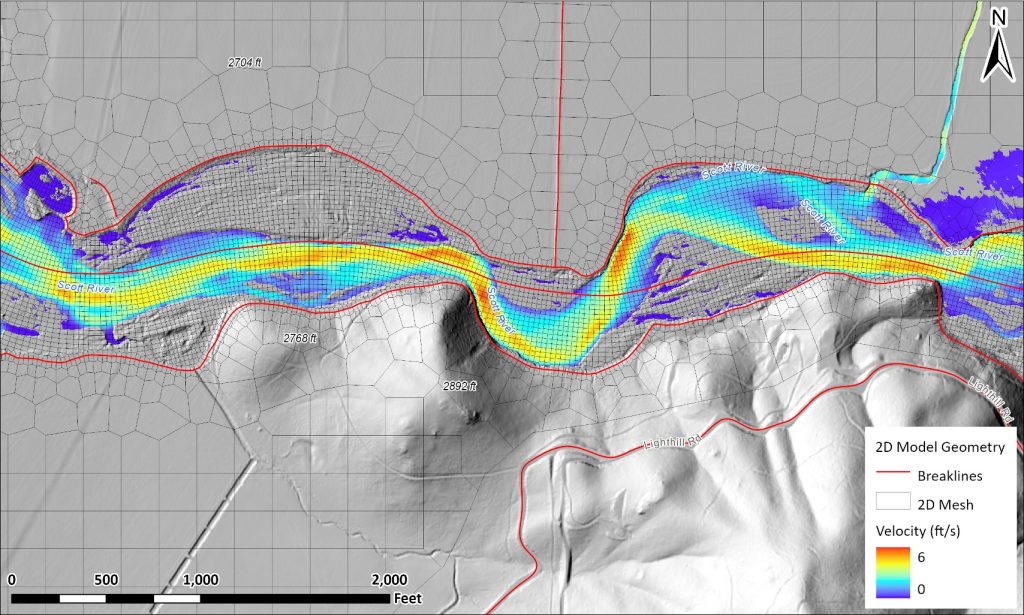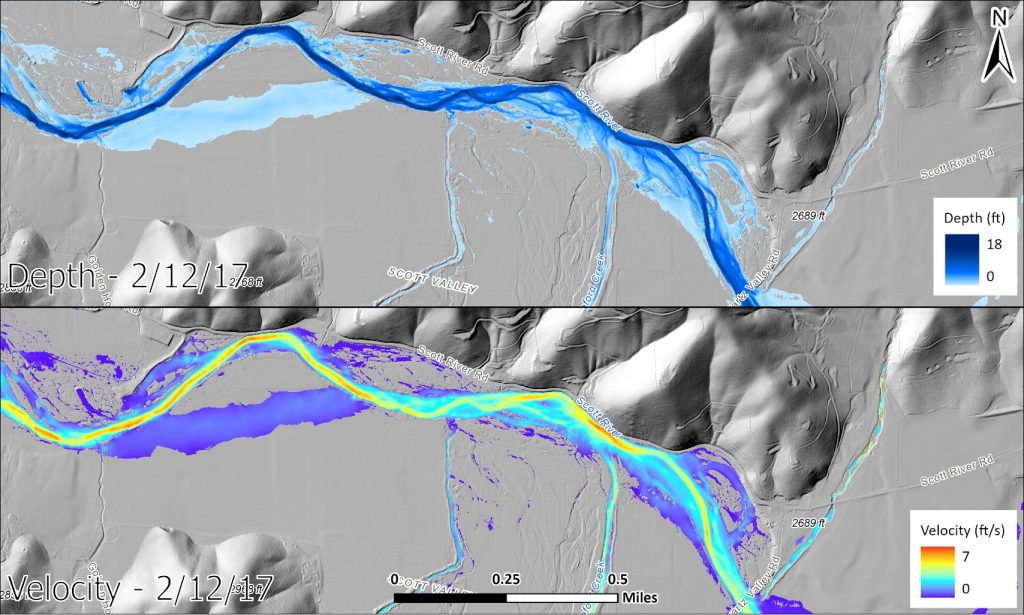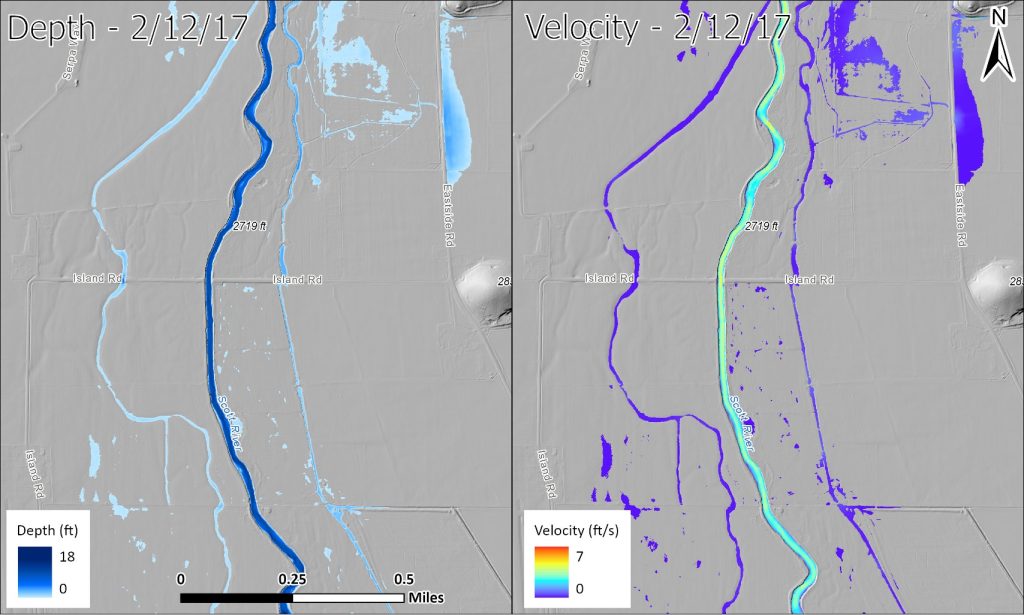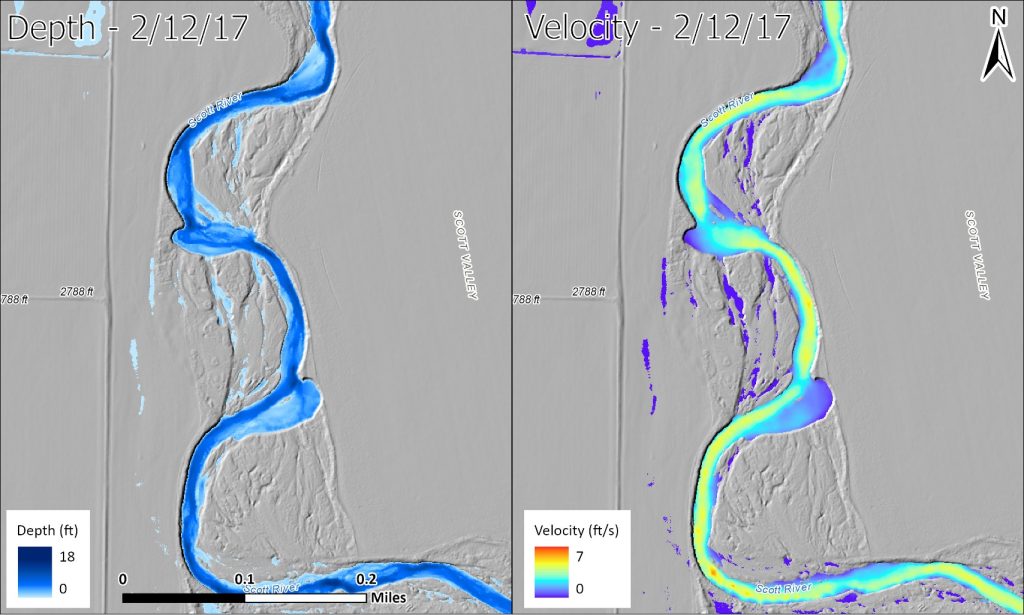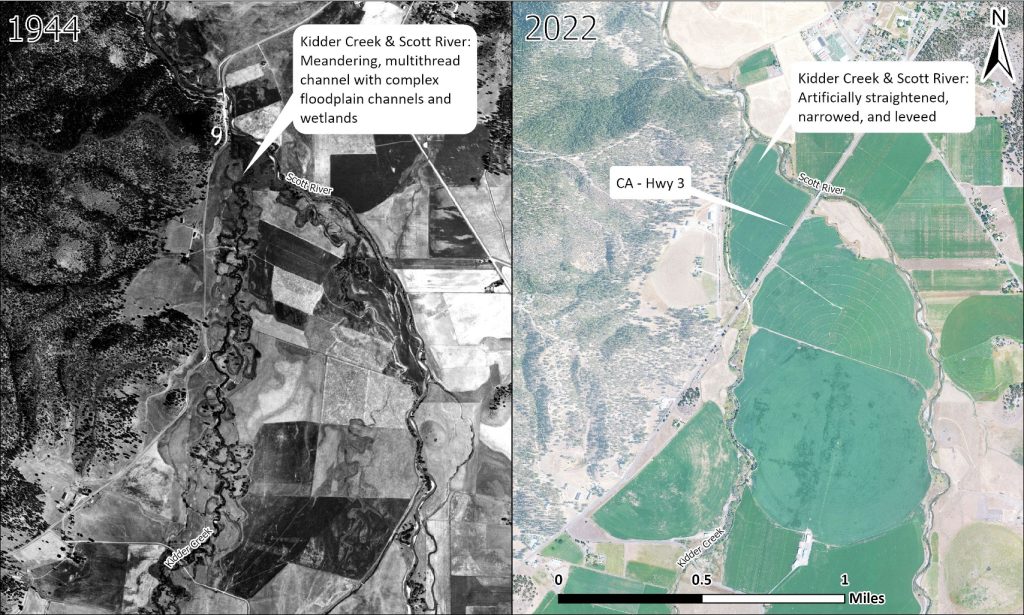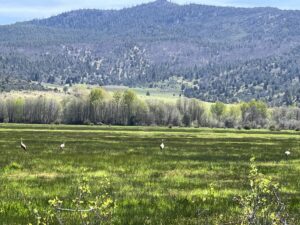Why hasn’t the Scott River’s channelization, confinement, and incision, which are the fundamental drivers of the loss of groundwater, instream flow, and associated habitat, been addressed to date? For decades the required scale of the restoration, and the social and economic complexity in achieving it, have been daunting and overwhelming barriers. However, with climate change, drought, regulatory, and economic pressures there is increasing recognition that now is the time to “Go big or go home” if we are to have any chance of warding off extirpation of species and the loss of human communities.
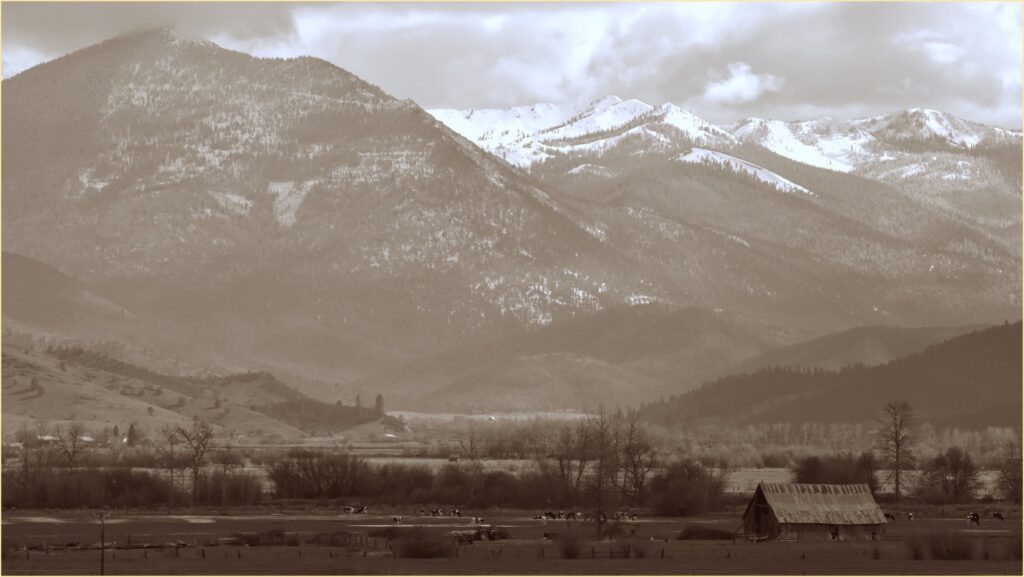
We must begin to ask ourselves: Can we design management strategies for working landscapes that include social and economic complexity? Can we learn how increasingly limited water resources can be managed to reconcile potentially competing uses in a balanced, sustainable condition? Can landowners meet curtailments, other regulatory obligations and maintain sufficient water in-stream for ecological needs while remaining financially viable? We believe the answer to these questions is yes, yes and yes!
The “Scott River Recovery Action Partnership Project” (“Project”) will integrate and make actionable existing restoration and management plans and prioritizations with a comprehensive geophysical and economic analysis, regulation issues and community engagement to achieve landscape scale recovery of the Scott River’s ecological function. The Project will:
- Evaluate the mainstem Scott River, across landownerships, to determine the necessary physical extent and type of restoration needed to achieve groundwater, streamflow and habitat conditions sufficient to support the natural and human communities of the watershed into the future.
- Providing resources to support local organizations and landowners in the pursuit of collecting critical information that can help adaptively navigate the complex issues of groundwater and surface water interactions, water quality, and the fisheries.
- Develop a comprehensive, holistic river plan with prioritized actions with identified benefits and challenges.
- Conduct economic analysis to determine the cost of acquisition of a sufficient riverscape and water rights to implement the required restoration.
- Integrate multiple existing planning and design efforts into the larger watershed understanding.
- Collaborate with multiple entities to plan, design and implement specific restoration actions that conform to the prioritization and plan.
- Engage with the community and regulatory agencies to obtain funding to purchase permanent access to the required riverine corridor where possible and implement the restoration necessary to maximize its value.
- Support the Scott River agricultural communities on-going economic sustainability by assisting it in meeting groundwater sustainability, drought curtailment, public trust and TMDL requirements.
- Provide a template that can be used in other basins within the Klamath and beyond on ways to achieve basin wide restoration that address Tribal, agricultural, and regulatory needs.
In spite of significant restoration investment over the past decades, fisheries and groundwater dependent ecosystems remain imperiled. It is common for restoration to take place based on landowner willingness and on a small, site-specific scale. These actions have been insufficient to restore ecological function of the Scott River and provide connectivity and habitat to support the Scott River’s Functionally Independent Core Population of Northern California Southern California Coho Salmon. The Integrated Fisheries Restoration and Monitoring Plan (IFRMP) states “Top priority stressors (limiting factors) currently identified for the Scott Sub-basin by working group participants include channel and floodplain connectivity and reconfiguration, and projects that restore these functions were indeed ranked higher by the IFRMP tool and are among the top group of restoration projects to be considered first for implementation.”
A hydrogeomorphic study is a component of the Scott River Recovery Action Plan Project (SRRAPP) intends to evaluate the watershed-wide hydrologic and geomorphic processes and sediment routing patterns. SRWC is partnering with CBEC Eco Engineering, A Verdantas Co. and Larry Walker and Associates’ (LWA) and the Scott Valley Integrated Hydrologic Model. By coupling LWA’s hydrologic and groundwater modeling tools with system-wide hydraulic and sediment transport models of the mainstem Scott River, we will assess existing conditions of channel hydraulics, surface water-groundwater interactions, and sediment transport patterns. We aim to identify and prioritize specific restoration actions that consider watershed-wide sediment conditions and hydraulic connectivity by overlaying the geomorphic process assessment with the coupled groundwater-surface water models and an understanding of habitat, fish, and agricultural utilization. This pillar of the SRRAPP will provide detailed information to support the development of a comprehensive, holistic river action plan with prioritized recovery actions and identified benefits and challenges. We will integrate and leverage multiple existing planning and design efforts into the larger watershed setting to gain momentum toward a project implementation phase of SRRAPP-identified actions.
CBEC has created a HEC-RAS 2D hydraulic model domain extending from Fay Lane, downstream of the tailings reach, to the USGS Fort Jones stream gage and includes major tributaries such as Kidder Creek, Patterson Creek, Etna Creek, and French Creek (Figure 1). The model is built to accurately simulate river flows ranging from summer baseflow to floods (Figure 2 & 3).
Initial model runs of high flows in February 2017 align well with flooding extent seen in satellite images (Figure 4 – 5). Velocity results from the hydraulic model can help identify areas of active erosion such as the cutbank in Figure 6 and 7. Figures 8 – 10 show side-by-side comparisons of depth and velocity model outputs at the Shackleford Creek confluence, the leveed section near Island Road, and the meandering section near Fay Lane, respectively. These and other model results can be used to estimate existing and potential aquatic habitat and restoration opportunities. Major channel reconfiguration is seen in Figure 11, where both Scott River and Kidder Creek became simplified during the second half of the 20th century.
